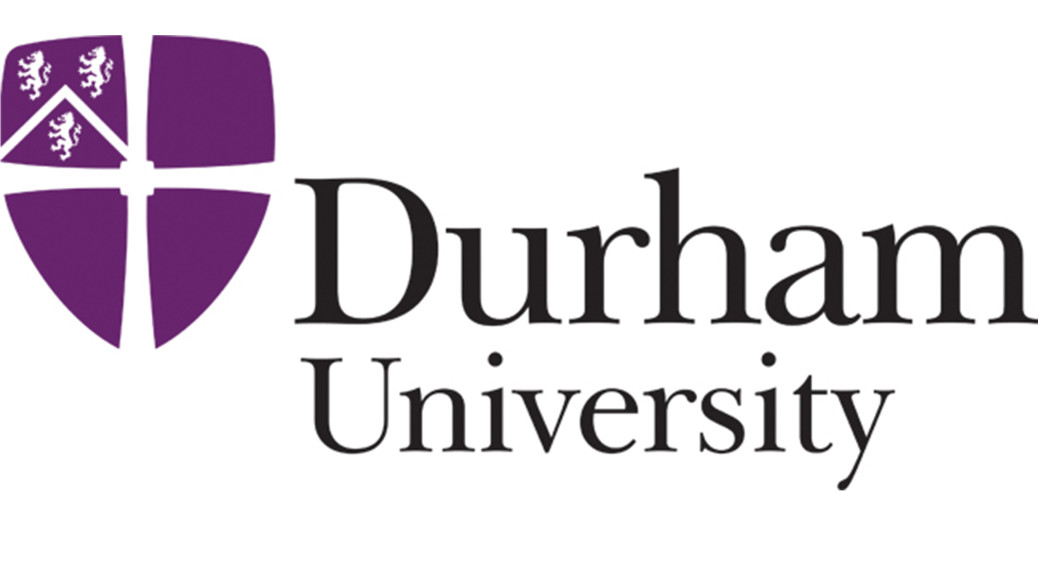Back in December, a reporter for Artuz Sheva talked with David Herman, the man behind the creation of Sabraman, “the first Hebrew-speaking superhero.” (The Jewish Press qualifies that Herman solicited Sabraman from artist Uri Fink; that article appears to be written by Mr. Herman himself, incidentally.) Click in the video link below for that interview, the future of Sabraman, and the musical ventures of Mr. Herman.
Review of HOLY F*CK #2: “Provocation for Provocation’s Sake”
 Just over a month ago, I reviewed Nick Marino and Daniel Arruda Massa’s Holy F*ck #1. Where I landed then was on a note of cautious anticipation, despite not finding the comic book all that entertaining. In spite of my review being arguably negative overall, the creators have kindly turned to Sacred & Sequential and to me for a second review. While I wish I could say that the second issue did more for me, but having read it, I can’t help but feel my earlier anticipation was premature.
Just over a month ago, I reviewed Nick Marino and Daniel Arruda Massa’s Holy F*ck #1. Where I landed then was on a note of cautious anticipation, despite not finding the comic book all that entertaining. In spite of my review being arguably negative overall, the creators have kindly turned to Sacred & Sequential and to me for a second review. While I wish I could say that the second issue did more for me, but having read it, I can’t help but feel my earlier anticipation was premature.
Continue reading Review of HOLY F*CK #2: “Provocation for Provocation’s Sake”
Spelling Counts
From the Perry Bible Fellowship website, presented without comment:
Thanks to James McGrath for alerting us to PBF‘s return!
Asher J. Klassen Discusses Comics, Semiotics, and Islam – Draws Superhero Afterlife
One of S&S’s founding members Asher J. Klassen gave the following lecture this week at Durham University’s Theology and Religion Department.
In this lecture I tackle first and foremost the matter of censorship, both in the lecture hall and as it pertains to depictions of Muhammad in modern media. I look at the prophet in animation and then in comics, before moving on to discuss some of the visual functions of the comics medium and connecting visual abstraction as presented by McCloud to identity as defined by religious symbols. After a brief comparison of the idea of bodily representation in Christianity and Islam I close with some thoughts on the human drive as meaning-making, cultural animals and the role of censorship as we create our history.
(The audio for the recording is a little quiet, so turn up your speakers if need be; it begins around 1:30.)
Klassen also collaborated with another S&S founding member, A. David Lewis, on an eight-page comics version of Lewis’s book American Comics, Literary Theory, and Religion: The Superhero Afterlife as “The Superhero Afterlife (Abridged)” for the Sacred Matters web magazine of public scholarship.

Read the full comic here.
Paul Robertson Gives an Eye to Cyclopses

Over on The Nomos Journal last year, Paul Robertson delivered a sensational account of the mythic Cyclops through the lens of graphic narrative:
[T]he modern graphic novel arises from, and in turn influences, our modern, Western culture. This culture is globalized, includes values, such as individualism, and contains an audience well versed in postmodern ideas and literature that lend a certain type of irreverent, cheeky, and highly culturally indexed humor. Thus, certain aspects of a given story that are important within the Hebrew Bible, for example, are omitted or given a humorous re-branding explicable to its modern audience. Other elements that may seem non-essential to the original myth, meanwhile, may be kept if they fit certain modern, Western sensibilities. In these ways, the modern graphic novel retains only certain elements of ancient mythology; thus, it maintains the relevance of these stories for a modern audience.
While Robertson overlooks one Cyclops particularly dear to the superhero genre, his analysis is nonetheless impressive and cogent.
Read more here.

